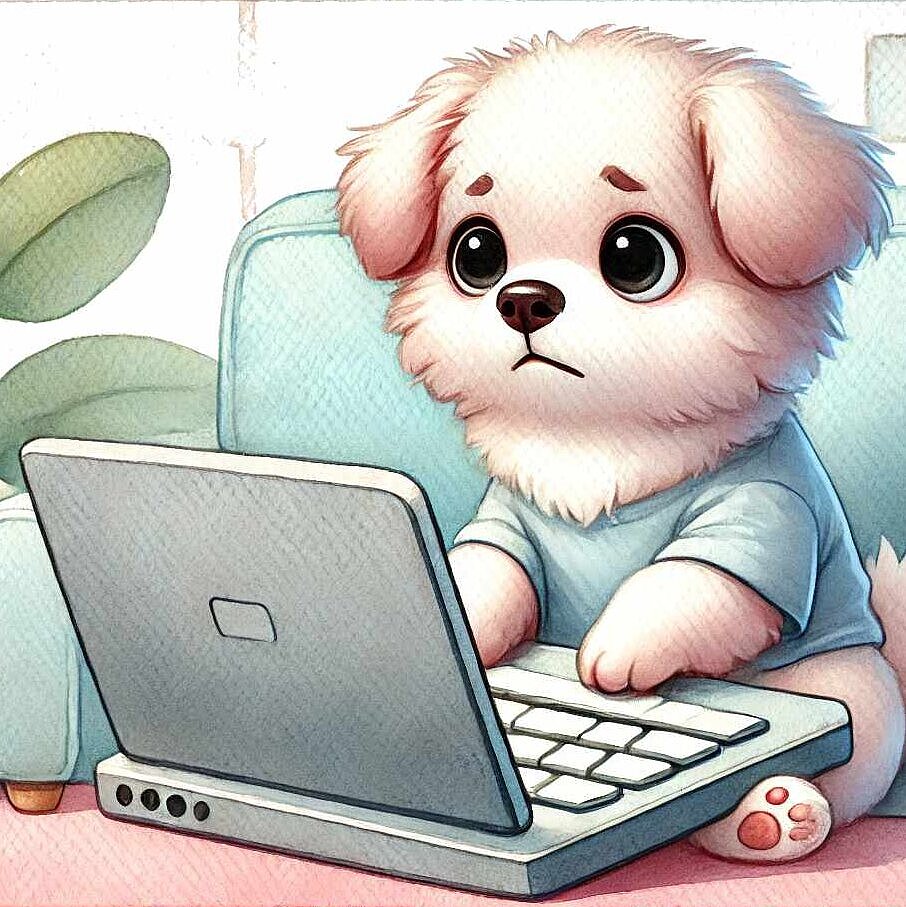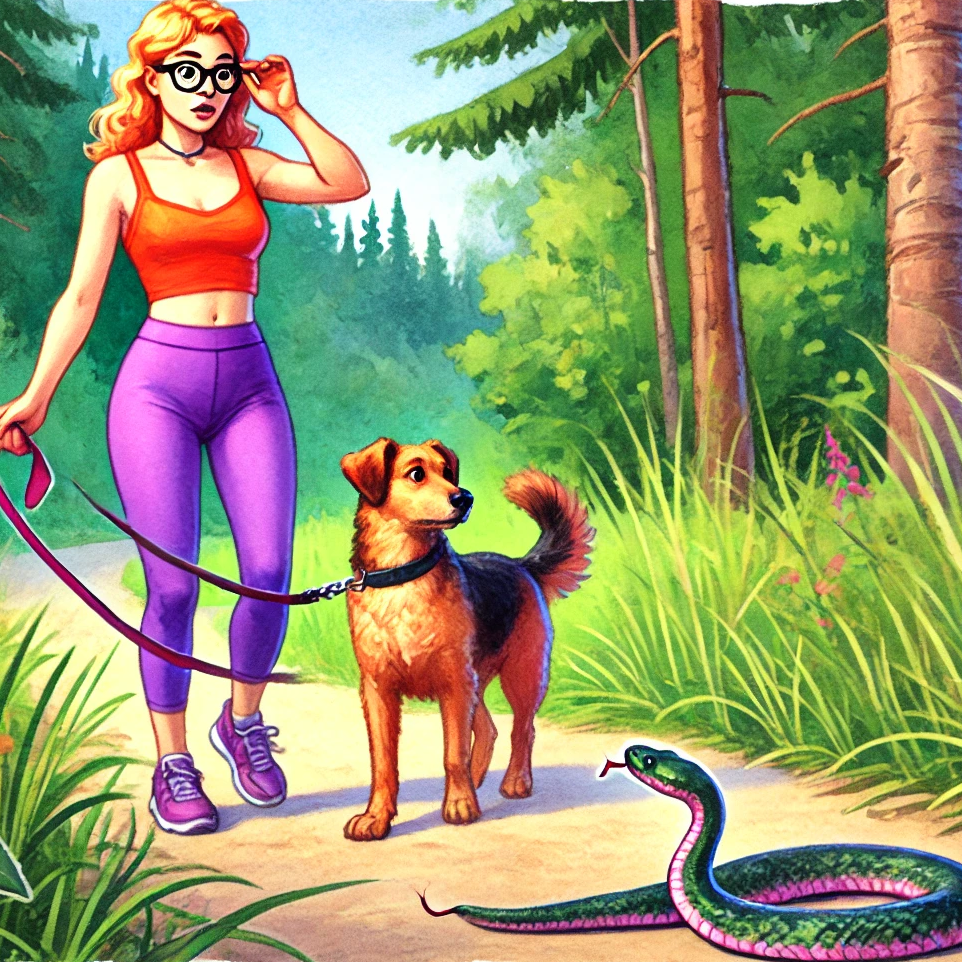Help, my dog doesn't drink enough! What can I do?

Why is water so important for your dog?
Water is vital for dogs. It plays a crucial role in almost all bodily functions, including regulating body temperature, aiding digestion and promoting nutrient absorption. A lack of water can lead to serious health problems, such as dehydration, kidney stones and urinary tract infections.
Signs of dehydration in dogs
It is important to recognize the signs of dehydration early. Look out for the following symptoms:
- Dry nose and gums
- Sunken eyes
- Lethargy and weakness
- Loss of skin elasticity
- Dark urine or reduced amount of urine
Causes of not drinking enough
There are many reasons why your dog may not be drinking enough. Here are some common causes:
Health problems
Medical conditions such as kidney problems, infections or diabetes can cause your dog to drink less. If you suspect that an illness could be the cause, be sure to see a vet.
Environmental factors
Ambient temperatures that are too hot or too cold can affect your dog's drinking behavior. Make sure your dog always has access to fresh water, no matter where he is.
Food
Dry food contains less water than wet food. If your dog eats mainly dry food, he may need more water. A sudden change in diet can also affect drinking behavior.
Stress and anxiety
Stressful situations, such as moving house, new pets or loud noises, can cause your dog to drink less. Try to minimize stress factors and create a calm environment for your dog.
Tips and tricks to encourage your dog to drink
Provide fresh water
Make sure your dog always has access to fresh, clean water. Change the water daily and clean the bowl regularly to prevent bacteria build-up.
Try different water bowls
Some dogs prefer certain types of water bowls. Try out different materials and shapes to find out what your dog likes best. Some dogs prefer to drink from stainless steel or ceramic bowls rather than plastic.
Vary water sources
Some dogs prefer to drink running water. You could try a pet drinking fountain. These keep the water fresh and encourage many dogs to drink more.
Moisten food
If your dog mainly eats dry food, you can add some water to increase the moisture intake. Wet food or homemade meals with a high water content can also help.
Improve the taste
Sometimes a little flavor can work wonders. Try flavoring the water with a small amount of unsalted chicken or beef broth. This might encourage your dog to drink more.
Take regular drinking breaks
Remind your dog to drink regularly, especially after playing, walking or other activities. Take him to the water bowl and encourage him to take a sip.
When should I see a vet?
If your dog continues to drink too little despite your efforts, you should see a vet. There could be a health problem that needs to be treated. Also, if you notice other signs of illness or dehydration, don't hesitate to seek professional help.
Conclusion
Fluid intake is crucial for your dog's health. With a little attention and some creative tricks, you can ensure that your four-legged friend always drinks enough. Observe his drinking behavior, try different methods and consult a vet if necessary to make sure your dog stays healthy and happy.
More articles for you
Contact form problem fixed
Unfortunately, our contact form has not worked as desired in recent weeks. 😔 Due to an error in the spam detection, normal messages were also incorrectly filtered out.Read moreDangerous encounter: What you should do if your dog is bitten by a snake
It's every dog owner's nightmare: you're out in nature with your four-legged friend, he's sniffing the ground curiously, and suddenly you hear a hissing sound. Before you know it, your dog flinches and you recognize the signs of a snake bite. But don't panic! In this article, you will learn how to…Read moreWhat you should know about cherries for dogs
You may have heard that cherries are good for your health. They contain lots of vitamins, antioxidants and fiber, which can strengthen the immune system and aid digestion. But are cherries also suitable for dogs? And if so, how much and in what form should you offer them to your four-legged friend?…Read more


